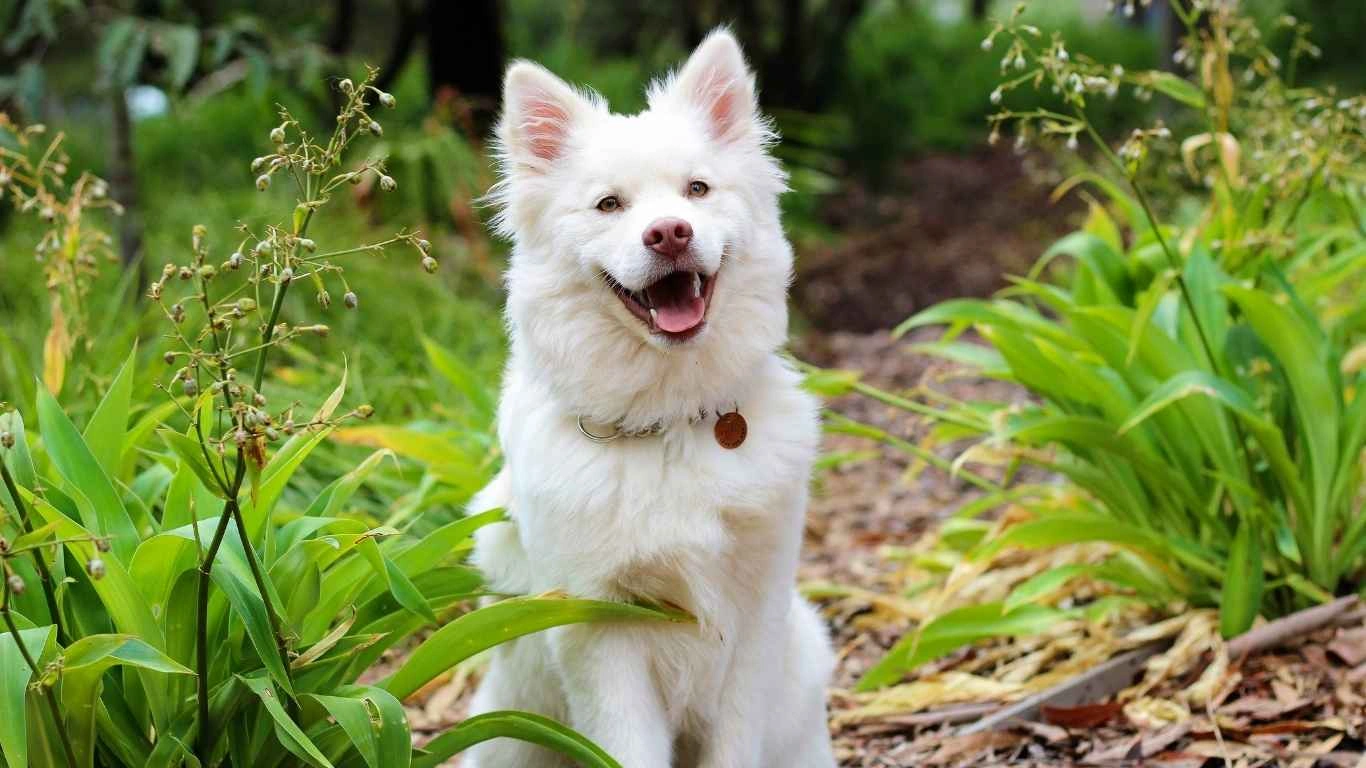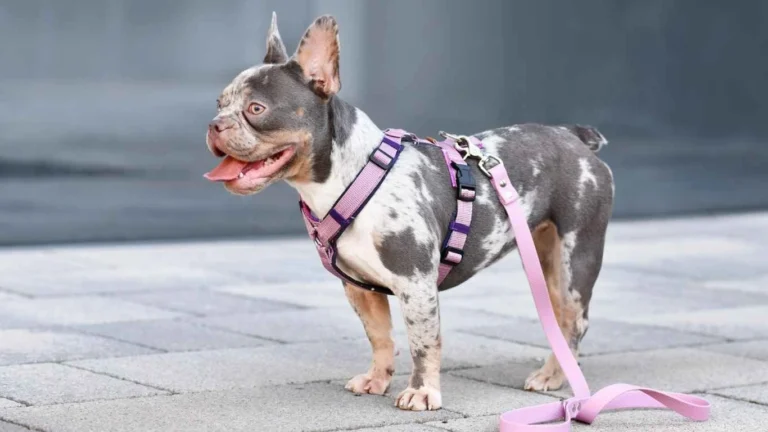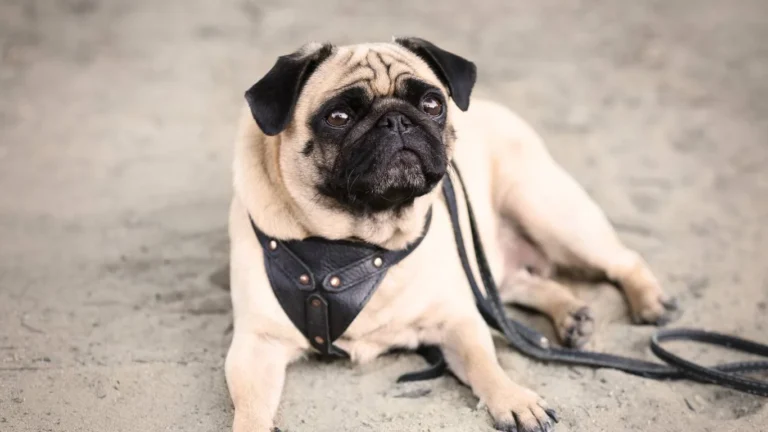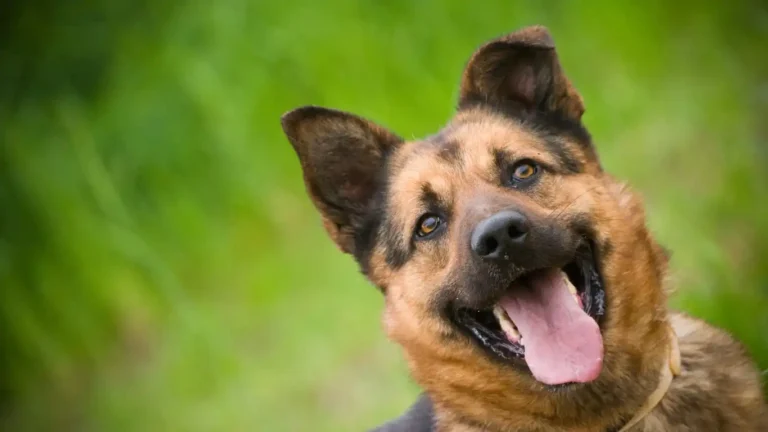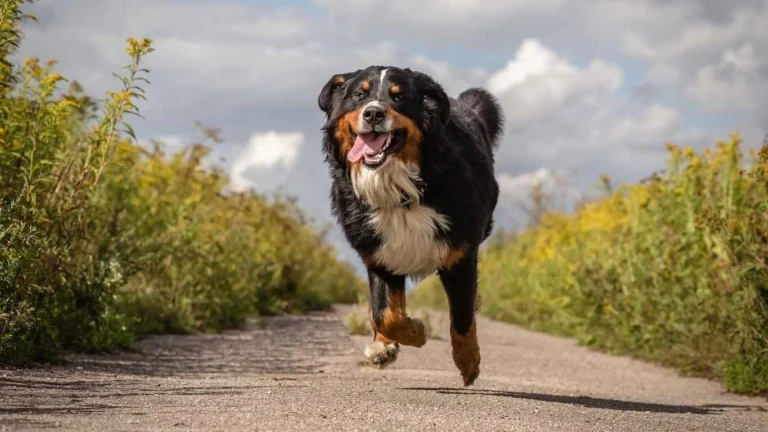How to Feed a Dog After Vomiting: Essential Tips for Quick Recovery
If you’ve ever had a dog suddenly vomit, you know how worrying it can be. One of the biggest questions that comes up right after the mess is cleaned is, “How to feed a dog after vomiting?” It’s not just about offering food again; it’s about doing it the right way to help your furry friend recover comfortably and safely. As someone who’s worked hands-on as an Animal Care Specialist in both clinics and shelters, I’ve seen this situation play out many times. And let me tell you—there’s definitely a method to the madness when it comes to getting a puking pup back on their paws with proper nutrition.
When dogs vomit, it can be due to all sorts of reasons — anything from eating too fast or something disagreeable in their tummy, to more serious medical conditions. But regardless of the cause, the feeding process post-vomiting needs to be gentle, gradual, and thoughtful. Jumping right back into their normal diet or giving a huge meal can just upset their stomach all over again. That’s why understanding how to feed a dog after vomiting can make a big difference in their recovery and your peace of mind.
Why Careful Feeding Matters After Vomiting

In my experience, the most important thing is to let your dog’s digestive system take a little breather. Vomiting often means their stomach is irritated or inflamed, and the lining needs time to heal. Immediately forcing food or water can cause repeated vomiting, dehydration, or even lead to more serious complications.
When dogs vomit, their bodies lose not just food but essential fluids and electrolytes, too. This means hydration becomes a top priority, and feeding needs to be gentle and gradual. If you rush it, you could end up back at square one—or worse, with a trip to the vet.
Signs Your Dog Is Ready to Eat Again
From what I’ve observed in shelter care and pet clinics, the timing for reintroducing food can vary, but there are a few key signs to watch for:
- Calm behavior: Your dog isn’t restless, whining, or showing signs of discomfort.
- No more vomiting: Ideally, your pup should be vomit-free for at least 4-6 hours before offering food.
- Interest in food or water: Licking lips or sniffing around their bowl is a good sign they’re ready.
Don’t be surprised if your dog isn’t immediately eager to eat. Sometimes, they just need a bit more time to settle.
How to Feed a Dog After Vomiting: Step-by-Step Guide
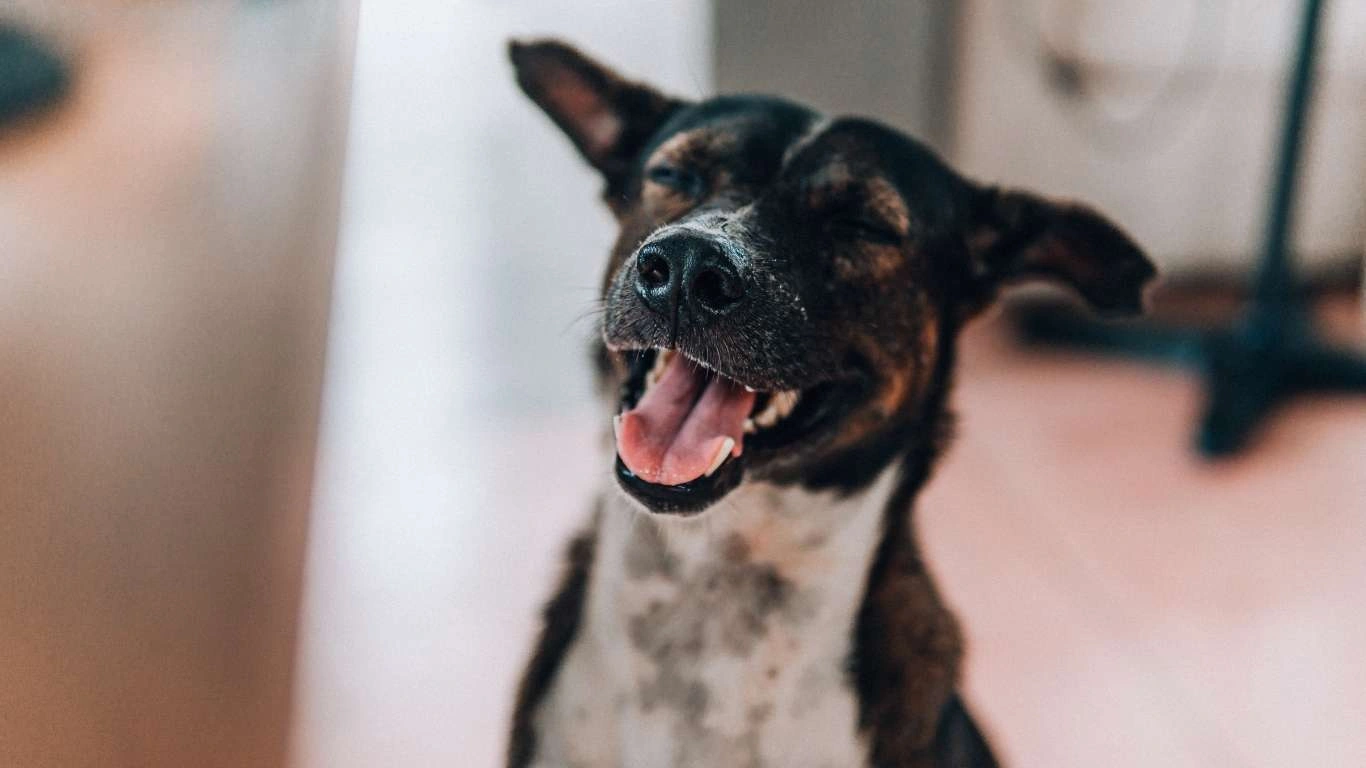
Once your dog is showing those signs of readiness, it’s time to reintroduce food—but slowly and thoughtfully. Here’s a step-by-step approach that’s worked well for many dogs I’ve cared for:
- Start with small amounts of water. Offer just a few teaspoons or a small bowl, and wait to see if your dog can keep it down for about an hour. If they vomit again, hold off on food and water and contact your vet.
- Introduce bland food. When water stays down well, move on to bland, easily digestible food. Think boiled chicken breast (no seasoning), plain white rice, or a vet-recommended gastrointestinal diet.
- Feed small, frequent meals. Instead of one or two big meals, offer 3-4 small servings throughout the day. This helps avoid overwhelming their stomach.
- Observe carefully. Keep an eye out for any signs of discomfort or repeated vomiting, and adjust accordingly.
From personal experience, I’ve found that dogs respond better when they’re given the chance to eat at their own pace. Sometimes, just placing a little food on their lips or letting them sniff it before they decide to eat can make a big difference.
Foods to Use and Foods to Avoid
Choosing the right foods after vomiting is crucial. Bland, low-fat, and easily digestible options are best for calming an upset stomach.
- Good options include: boiled chicken or turkey (no skin or bones), plain white rice, pumpkin puree (not spiced), and low-fat cottage cheese.
- Foods to avoid: anything greasy, spicy, heavily processed, or rich in fiber, like raw vegetables or fatty meats. Also, stay away from treats, table scraps, or anything new until your dog’s stomach is fully recovered.
Hydration: The Unsung Hero After Vomiting

One thing I can’t stress enough from my time working in shelters is just how important hydration is after a dog has been vomiting. It’s easy to overlook because, well, water is water, right? But when a dog pukes, they lose fluids and electrolytes that their body desperately needs to bounce back. Dehydration can sneak up quickly and turn a seemingly mild problem into an emergency.
When you first start offering fluids, don’t just shove a full bowl in front of your dog’s nose and expect them to guzzle it down. From experience, I’ve found that small, frequent sips are the way to go. You can even try offering ice chips or using a syringe (without the needle, of course) to slowly drip water into their mouth if they’re reluctant to drink.
Keeping an eye on signs of dehydration is vital too. You might notice dry gums, lethargy, sunken eyes, or less frequent urination. If you spot any of these, it’s time to get veterinary advice pronto.
When to Use Electrolyte Solutions
Sometimes, just water isn’t enough to replace all those lost minerals and salts. In cases where vomiting has been frequent or prolonged, an electrolyte solution designed for pets can really help restore balance. These solutions are formulated specifically for dogs to replenish sodium, potassium, and other essential minerals safely.
Of course, before giving your dog any electrolyte mix, always check with your vet. Not all electrolyte products are created equal, and some human formulations can actually be harmful to dogs.
How Long Should You Wait to Return to Regular Food?

Patience is the name of the game here. After vomiting, the key is to take things slow and let your dog’s digestive system fully recover before jumping back to their usual diet. Typically, I recommend waiting at least 24-48 hours before gradually transitioning back.
Start by mixing small amounts of their regular food with the bland diet you’ve been feeding. Over several days, increase the ratio of regular food while decreasing the bland foods. This gradual switch helps avoid shocking the stomach again.
From working with dogs in shelters, I’ve learned that some pups bounce back faster than others. Puppies and senior dogs tend to have more sensitive stomachs and might need a longer transition period. And of course, if vomiting returns at any point, back off and consult your vet immediately.
Watch for Subtle Warning Signs
It’s easy to focus only on obvious symptoms like vomiting, but subtle signs can be just as important to catch early. Some things I always tell pet owners to watch for include:
- Loss of appetite or refusal to eat altogether
- Excessive drooling or licking lips
- Restlessness or pacing
- Changes in behavior like hiding or seeming withdrawn
- Diarrhea or constipation
These symptoms can indicate the stomach is still upset or that there might be a more serious underlying issue. When in doubt, a quick call or visit to the vet can save a lot of stress and prevent complications.
Tips From the Trenches: Real-Life Advice That Works
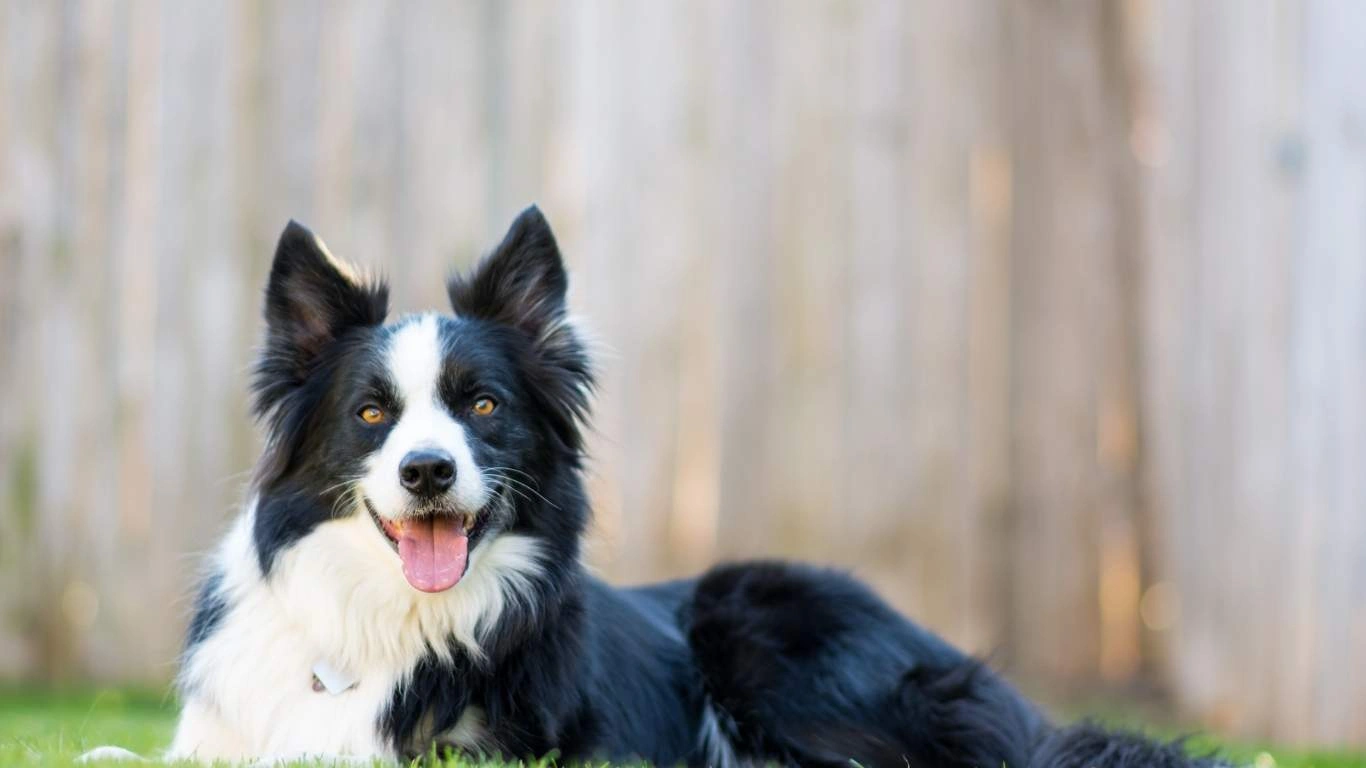
After years in animal care, I’ve picked up some practical tips that can make feeding a dog after vomiting less stressful for both you and your pup:
- Keep meals small and frequent. This helps your dog digest food without overwhelming their stomach.
- Use high-quality, vet-approved foods. It’s tempting to grab whatever’s handy, but quality counts, especially after vomiting.
- Keep your dog calm. Stress can worsen stomach upset, so create a quiet, comfortable space for them to rest and recover.
- Limit exercise immediately after vomiting. Let your dog chill out to avoid jostling their stomach.
- Monitor your dog’s hydration closely. If they’re not drinking enough, you may need to get creative with hydration options, like broth or ice cubes.
One story I always recall is about a senior lab I cared for at a shelter. After a rough vomiting episode, we switched him to small portions of boiled chicken and rice along with lots of encouragement to drink water. It took a few days, but seeing him perk up and start wagging his tail again was incredibly rewarding. That’s the kind of outcome you want to aim for.
When to Seek Veterinary Help: Knowing the Red Flags

From my years as an Animal Care Specialist, one thing’s clear: while many vomiting episodes in dogs can be managed at home with careful feeding, sometimes professional help is necessary. Knowing when to call your vet can be tricky, but it’s better to be safe than sorry. Here are some key warning signs to watch for that mean it’s time to get expert help:
- Persistent vomiting lasting more than 24 hours. If your dog keeps throwing up despite withholding food and following refeeding guidelines, don’t wait it out alone.
- Blood in vomit or stools. This is a serious symptom that needs immediate veterinary attention.
- Signs of severe dehydration. Dry gums, sunken eyes, weakness, and refusal to drink water are big red flags.
- Extreme lethargy or collapse. If your dog is unusually weak, unable to stand, or unresponsive, seek emergency care.
- Abdominal pain or bloating. Dogs in pain may whine, pace, or assume a hunched posture.
During my time in clinics, I’ve seen cases where prompt vet intervention made all the difference — sometimes catching conditions like pancreatitis, gastrointestinal blockages, or infections early enough to prevent more serious complications. Don’t hesitate to reach out to your vet if you’re worried.
Preventing Future Vomiting Episodes

Once your dog is back to normal and eating well again, it’s natural to want to prevent future tummy troubles. Here are some practical tips from my personal and professional experience to keep your pup’s digestion happy and healthy:
- Feed smaller, more frequent meals. Dogs that eat too fast or consume large meals can be prone to vomiting.
- Choose high-quality food. Avoid cheap fillers and opt for well-balanced diets formulated for your dog’s specific needs.
- Keep hazardous foods out of reach. Chocolate, grapes, onions, and certain plants can cause vomiting and other health issues.
- Stick to a consistent feeding schedule. Sudden diet changes can upset your dog’s stomach.
- Ensure your dog stays hydrated. Fresh, clean water should always be available.
- Regular vet check-ups. Routine health screenings can catch early signs of digestive or systemic issues.
In shelters, we often saw dogs whose vomiting was linked to stress or anxiety, so creating a calm and stable environment for your dog can also help reduce episodes. Adding enrichment activities, exercise, and plenty of love goes a long way.
Additional Support: Supplements and Probiotics
Some pet parents ask me about supplements after vomiting. While these aren’t always necessary, probiotics and digestive enzymes can sometimes support gut health during recovery. These supplements help restore the balance of good bacteria in the gut and aid digestion.
Always chat with your veterinarian before introducing any supplements. They can recommend the best products and dosages tailored to your dog’s condition and needs.
Final Thoughts on How to Feed a Dog After Vomiting
Feeding a dog after vomiting isn’t about rushing back to their regular bowl but about respecting their recovery process. The combination of small, gentle meals, plenty of fluids, and careful observation can help your dog bounce back more comfortably. From my time caring for dogs in clinics and shelters, I know how stressful it can feel, but with patience and the right approach, most dogs recover well.
Remember, every dog is unique. What works for one pup might need tweaking for another, so stay attentive and don’t hesitate to get professional advice when needed. Your dog’s health and happiness are well worth the extra care and attention.
References
- American Veterinary Medical Association
- American College of Veterinary Internal Medicine
- Diplomate of the American College of Veterinary Internal Medicine
- Cornell University College of Veterinary Medicine
Disclaimer
This article is intended for informational purposes only and is not a substitute for professional veterinary advice, diagnosis, or treatment. If your dog is experiencing persistent vomiting, severe symptoms, or any health concerns, please consult a licensed veterinarian immediately. The author and publisher disclaim any liability for any damages or complications arising from the application of this information.
